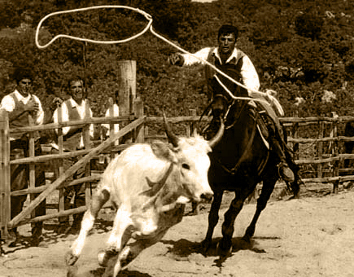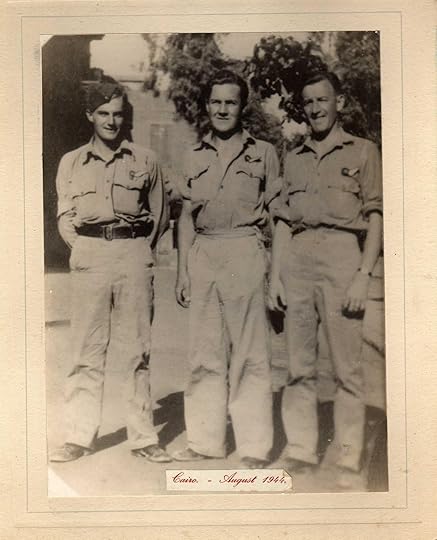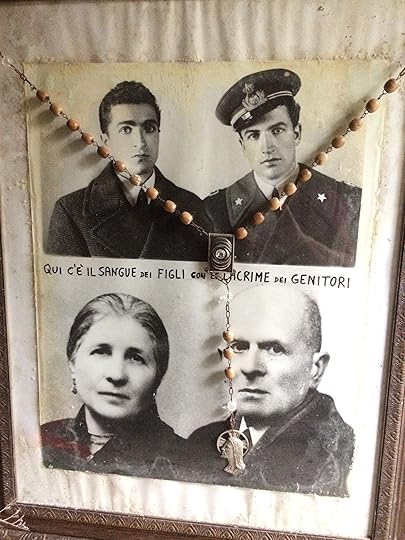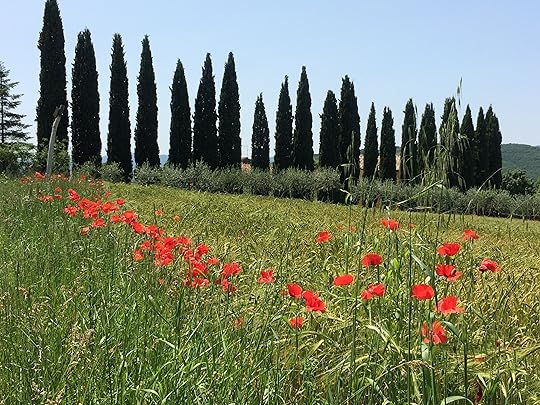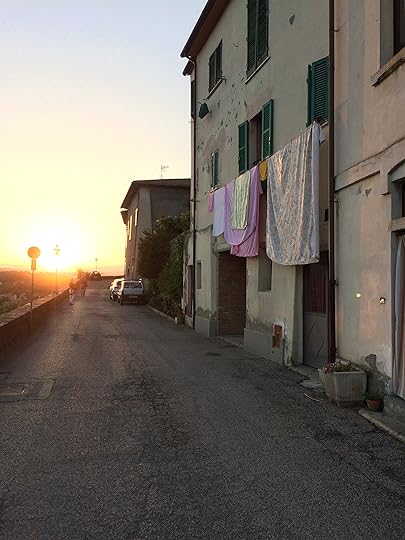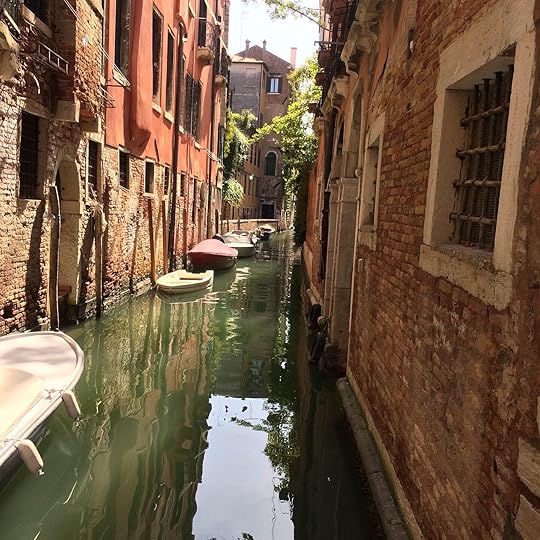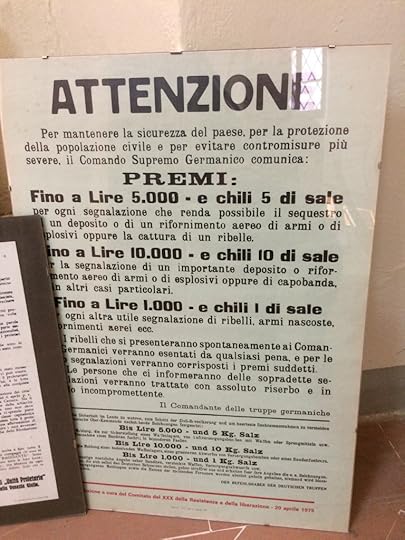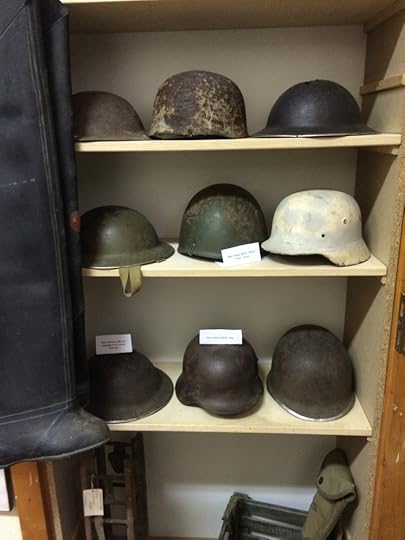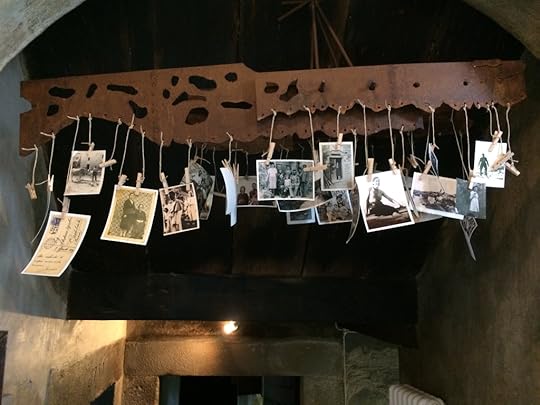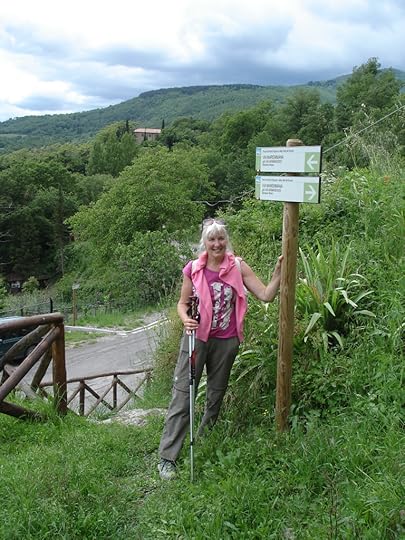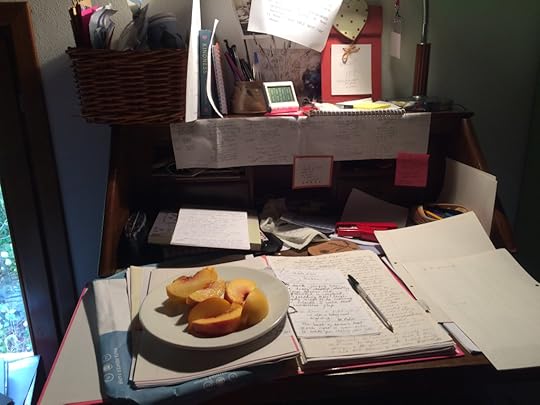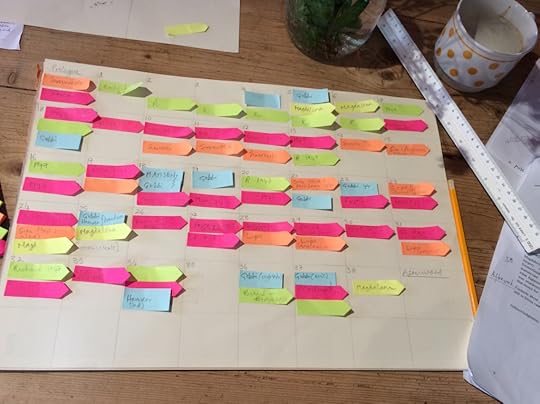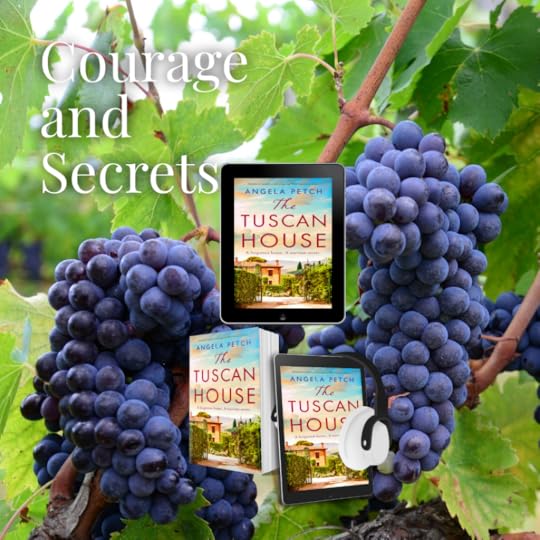date newest »
newest »
 newest »
newest »
message 1:
by
Mona
(new)
Mar 22, 2021 07:34AM
 I'm new to Goodreads so I'm not quite sure what I'm doing, but I hope this gets to you. "The Tuscan Secret" evoked some personal reactions for me. I am of Swedish American heritage as reflected in my recent book, "My Father's House: Remembering my Swedish-American Family,' (authored over my family name, Mona Gustafson) and thoroughly enjoyed the portrayal of ethnic differences as I experienced them in my twenty year marriage to a man of Italian heritage -- especially in the descriptions of food. I had hesitated to include a section in my book contrasting Italian foods and service with the Swedish I had grown up with but I am heartened by the effect of your food treatment. It worked. I also appreciated the understanding of the destructive results of men's experiences in war. My brother-in-law was especially affected by his experience as a First Lieutenant in the Marines who fought in the Pacific theater. For him the effect was different and more subtle as he contained the awful memories as did the men of that time, but powerful none-the-less. Thank you for that sense of connectedness. As for Tuscany, I was only a tourist, but I do understand your love of the place, and its foods.
I'm new to Goodreads so I'm not quite sure what I'm doing, but I hope this gets to you. "The Tuscan Secret" evoked some personal reactions for me. I am of Swedish American heritage as reflected in my recent book, "My Father's House: Remembering my Swedish-American Family,' (authored over my family name, Mona Gustafson) and thoroughly enjoyed the portrayal of ethnic differences as I experienced them in my twenty year marriage to a man of Italian heritage -- especially in the descriptions of food. I had hesitated to include a section in my book contrasting Italian foods and service with the Swedish I had grown up with but I am heartened by the effect of your food treatment. It worked. I also appreciated the understanding of the destructive results of men's experiences in war. My brother-in-law was especially affected by his experience as a First Lieutenant in the Marines who fought in the Pacific theater. For him the effect was different and more subtle as he contained the awful memories as did the men of that time, but powerful none-the-less. Thank you for that sense of connectedness. As for Tuscany, I was only a tourist, but I do understand your love of the place, and its foods.
reply
|
flag
 Thank you for your comments, Mona. (I also do not really know what I am doing on so many social media sites, but it is a great way to reach out and to connect with other writers and to readers). It is so important to record all these stories of our relatives and friends before they are forgotten in the mists of time. I will look up your book. Thank you for reaching out to me and I wish you all the very best with your writing. Best wishes, Angela.
Thank you for your comments, Mona. (I also do not really know what I am doing on so many social media sites, but it is a great way to reach out and to connect with other writers and to readers). It is so important to record all these stories of our relatives and friends before they are forgotten in the mists of time. I will look up your book. Thank you for reaching out to me and I wish you all the very best with your writing. Best wishes, Angela.

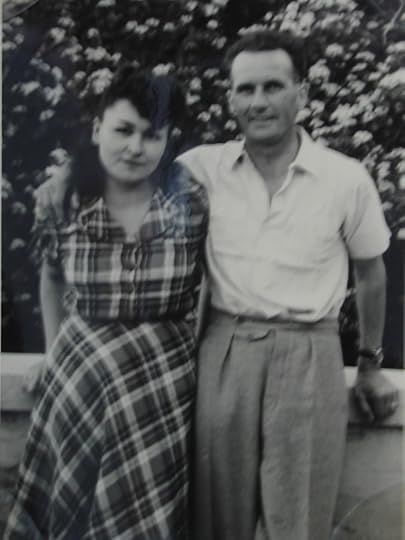 Giuseppina and Horace where they met in Urbino, 1944
Giuseppina and Horace where they met in Urbino, 1944
